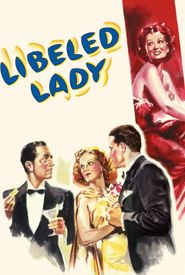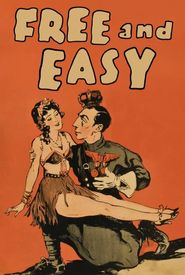Gwen Lee, a quintessential embodiment of the Jazz Age's flapper culture, was a stunning blonde with piercing blue eyes and impeccable coiffure. Her on-screen personas often portrayed her as a tall, blonde flibbertigibbet or a gold-digging vamp in films of the late 1920s and early 1930s.
Born in Nebraska, Gwen attended school in Omaha before embarking on a career as a department store model. She shortened her name from Gwendolyn LePinski to Gwen Lee, and her early stint as a dancer led to her discovery by director Monta Bell and a contract with MGM in 1925.
Gwen's rising star was solidified when she was named a WAMPAS baby star in 1928, earning her starring or co-starring roles in films like Lucky Boy (1929),A Lady of Chance (1928),and The Actress (1928). However, as silent pictures began to decline, Gwen took voice lessons to adapt to the new era of talkies.
Tragedy struck when an early talkie, Untamed (1929),showcased Gwen's poor synchronization with Robert Montgomery, resulting in her mouthed dialogue being audible during a dancing sequence. This mishap, coupled with her reputation for being reckless and irresponsible, led to her career and public image taking a significant hit.
Gwen's troubles extended beyond the screen, as she was twice sued by department stores for non-payment of goods. In 1931, her mother even took her to court, claiming guardianship and charging that Gwen was "incompetent to handle her affairs."
As her movie roles declined in quality and quantity, Gwen's career eventually dwindled to bit parts. Her final appearance was in a Poverty Row film in 1938, after which she faded from the public eye. Gwen Lee passed away in Reno, Nevada, in 1961, at the age of 56, her legacy all but forgotten.

















































